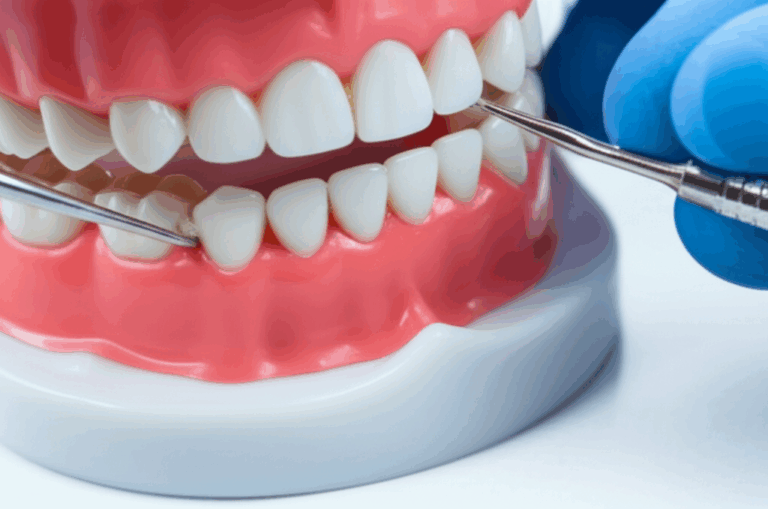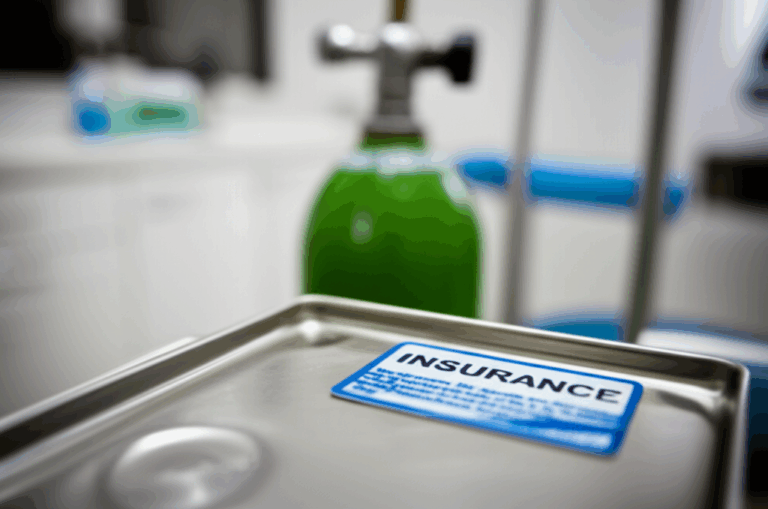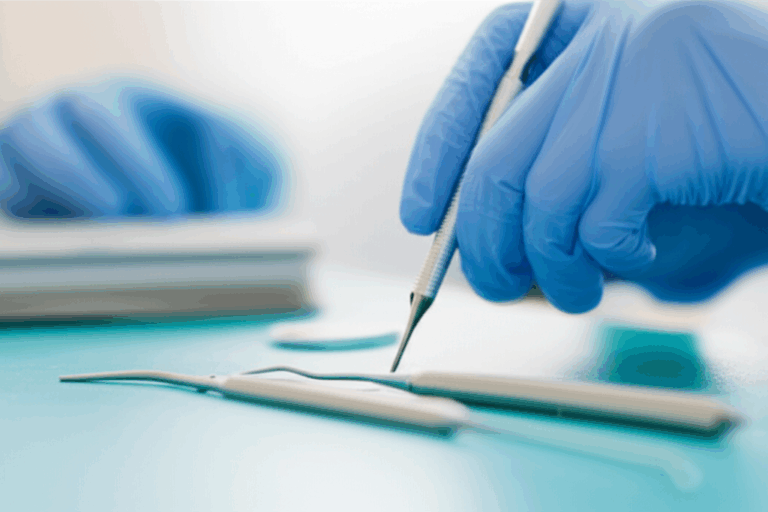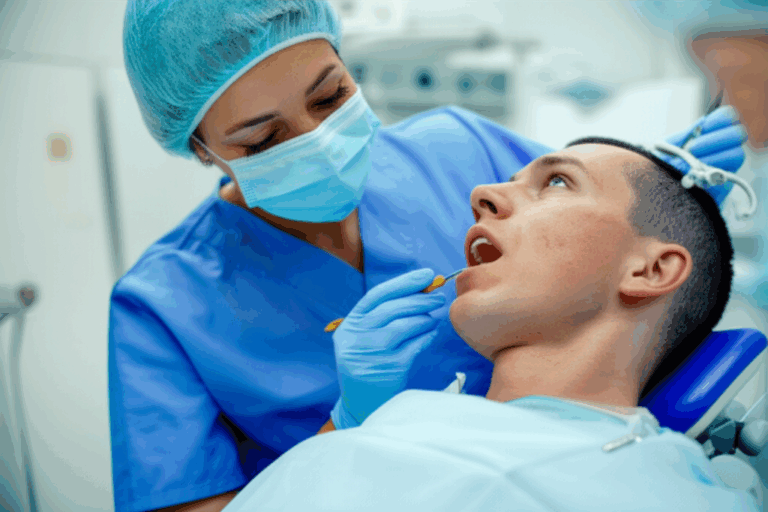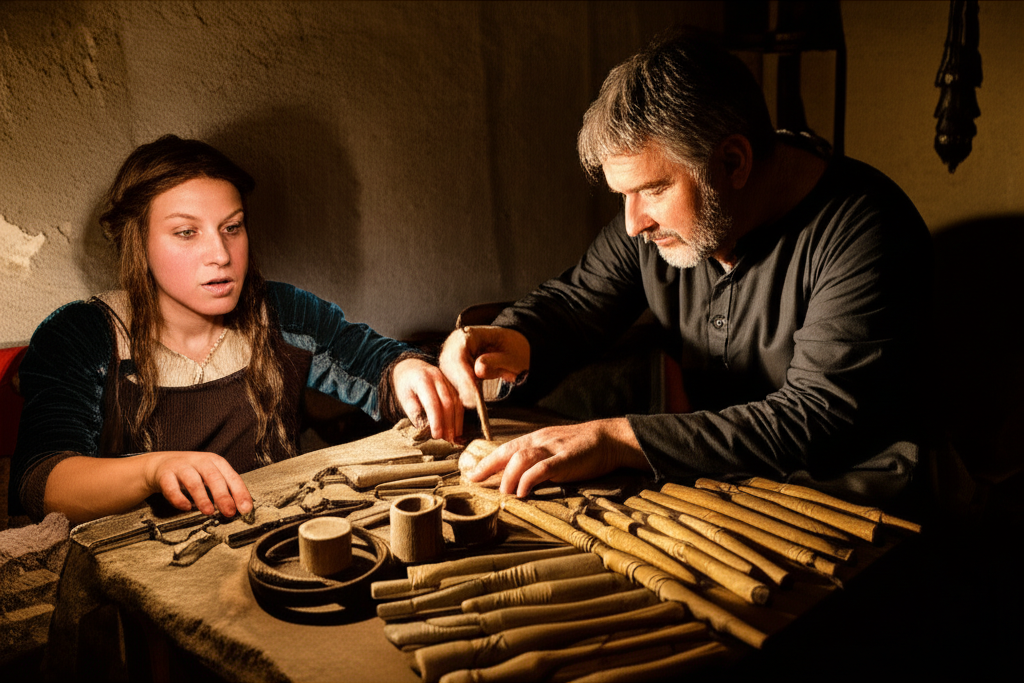
How Long Have Dentists Been Around? A Personal Journey Through the History of Dental Care
Table of Contents
1. Introduction: My Curiosity About Dental History
If you’ve ever sat nervous in a dentist’s chair and thought, “How long have dentists actually been around?” you’re not alone. I started wondering the same thing years ago, after a stubborn wisdom tooth made me curious. I found out modern dentistry has a long, interesting story—full of human problem-solving, pain and kindness, and big jumps in science.
I’ve looked into all kinds of things, from old clay tablets in Mesopotamia to today’s shiny dental offices. Sharing what I found, I hope you’ll enjoy this ride too—seeing how toothaches from long ago connect to the care we get now. The roots of dentistry go much deeper than you might think.
2. The Ancient Roots of Dental Care (9,000+ Years Ago)
Our link to dental care goes way back. I found evidence so old, it really surprised me. People have had tooth trouble for thousands of years.
2.1 Earliest Evidence: From the Stone Age to Ancient Civilizations
Let’s start as far back as possible. Archaeologists found maybe the oldest dental “work” ever in Mehrgarh, which is in today’s Pakistan. These aren’t normal fillings or fancy root canals, but teeth with small, neat holes made by stone tools—dating back to 7000 BCE. That’s over nine thousand years ago!
Just think: a Stone Age person, probably in pain, getting their tooth drilled—without any painkillers.
2.2 Indus Valley: The First Dental Drilling
When I first heard about these really old dental drills, I was amazed. The holes weren’t by accident—the experts studied them and saw they were too perfect to be anything but attempts to fix teeth. That kind of smarts really impressed me. People back then didn’t just live with tooth pain—they tried to fix it.
2.3 Egypt, Sumerians, Etruscans, Greeks, and Romans
As different societies grew, so did their dental ideas. In Ancient Sumer (about 5000 BCE), people wrote about “tooth worms” being the reason teeth rot. It sounds silly now, but people believed it for a long time—even up to 18th century.
Moving to Egypt (around 3000-2500 BCE), there’s Hesi-Re, called the “Chief of Dentists and Physicians.” His tomb, found in 1929-30, is the first known sign for a dental expert. People cared about dentists a lot even back then.
Other ancient groups tried their own ways to fix teeth. The Etruscans (Italy, about 700-500 BCE) made fancy gold crowns and tooth bridges out of ivory. The Greeks and Romans—famous names like Hippocrates and Aristotle—wrote about tooth care, pulling teeth, and how to help with tooth pain.
All this made me see that people have always faced tooth problems, and they’ve always tried to do something about it.
3. The Medieval Period & The Rise of Barber-Surgeons
Moving ahead in time, dental knowledge didn’t fade away—it just changed. The Middle Ages had some surprising people helping with dental care.
3.1 Monks, Barbers, and Early Practitioners
After the Roman Empire fell, monasteries were health centers. Monks, knowing herbs and old books, were some of the first to look after people’s teeth. But by the 1100s, monks were told they had to stop doing surgeries—including working on teeth—which left an empty spot.
So, who filled in? Barbers. Yes, the same ones who cut hair. They started pulling teeth, doing simple dental jobs, and even bloodletting. It might sound weird, but barbers did small surgeries anyway at that time. Pretty soon, “barber-surgeons” and “tooth-pullers” were normal in cities.
I think this is one of the most interesting times in dental history. Imagine getting your hair trimmed and a tooth pulled all in one sitting!
3.2 Guy de Chauliac and Medieval Dentistry
One name stands out: Guy de Chauliac. In 1363, he wrote a huge book called Chirurgia Magna. It had lots of info about tooth care, pulling teeth, and treating jaw problems. He wanted people to be careful and clean, even in a time with lots of old stories and not much science.
Reading about him made me see how these early workers helped us move to real dental care.
4. The Dawn of Modern Dentistry (17th – 18th Centuries)
Things started to move fast. World trade, science, and how people got information all changed—and so did looking after teeth.
4.1 Pierre Fauchard: The Father of Modern Dentistry
Every job has a moment when things really get serious. For dentists, it’s Pierre Fauchard. I remember the first time I found his name. He was a French doctor who wrote “Le Chirurgien Dentiste” (“The Surgeon Dentist”) in 1728. This book was huge. It covered everything from the basic look of teeth to fake teeth and how dentists should act.
In his book, Fauchard made dental tools, explained how to treat cavities, and showed ways to replace missing teeth. He made things more like science, not just rough work.
4.2 From Artisans to Professionals
Before Fauchard, dentistry was messy—some barber work, some blacksmithing, some old tricks. After his book, dentists started being real experts. By the late 1700s, dental offices were opening in Europe and America. People like Robert Wooffendale and Josiah Flagg spread Fauchard’s ideas, and training moved to classrooms and books, not only hands-on learning.
5. The Professionalization of Dentistry (19th Century)
I’m always amazed at how the 1800s turned dentistry into a real, respected job.
5.1 Establishing Dental Schools and Institutions
Everything changed in 1840: the Baltimore College of Dental Surgery opened—the first dental school ever. This moment mattered a lot. Now, dentists didn’t have to just learn by watching or guessing. They could learn dental science in a place just for that.
Not long after, groups like the American Dental Association (ADA) started, making things more organized. People like Horatio Hayden and Chapin Harris helped make sure a dentist’s education was normal, not just for a few.
5.2 Anesthesia, Tools, and Innovations
Pain was always there in dentistry. But in 1844, Horace Wells, a dentist from Connecticut, used laughing gas (nitrous oxide) for a painless tooth pull. Not long after, William T.G. Morton showed how ether could be used, and pain control became possible.
It wasn’t just about pain. John Greenwood, George Washington’s dentist, made the first foot-powered dental drill in 1790. G.V. Black, another big name, made rules for filling teeth and how to talk about cavities in the early 1900s. People found new ways to fill teeth too. These changes made today’s dental tools easier and better.
Every time I use a comfortable, easy dental tool now, I think about those early inventors and their work to help patients feel better.
6. 20th Century Advancements & Specialization
The last hundred years saw even faster changes, with every new idea or dental area making the whole field better.
6.1 Preventive Breakthroughs and X-ray Use
When Wilhelm Röntgen found X-rays in 1895, dentists quickly saw how useful they could be. Seeing inside teeth and bone changed everything—hidden problems could be spotted.
In the 1930s-40s, scientists saw that fluoride helped stop tooth decay. Adding fluoride to public water changed health, since it saved so many people from cavities.
I’ve seen for myself how modern X-rays and simple preventions like fluoride make dental care easier and less painful.
6.2 Dental Specialties and Technology
As we learned more, different branches of dentistry started. Jobs like orthodontist, periodontist, endodontist, pediatric dentist, and oral surgeon formed. Each had a special focus—straightening teeth, gum health, root canals, kids, and surgery.
Technology grew even faster. The high-speed drill showed up in the 1960s, making work much quicker. Dental implants, thanks to Per-Ingvar Brånemark, gave people real fixes for missing teeth.
Now, we have digital scanning, digital dental lab gear, and CAD/CAM machines. Making crowns, bridges, and other things is super exact. I’ve been amazed how a digital scan can be sent around the world—say, to a china dental lab—to get things made. The future seems huge.
7. Dentistry Today: A Holistic, Patient-Centered Approach
Dentistry now is so different from the old days. Instead of just pulling or filling teeth, it’s about stopping problems before they start and looking at the whole person.
Offices use lasers, digital X-rays, and even 3D printers. Infection control and careful tools from dental ceramics labs mean patients are safer than ever.
But the biggest change is caring about patients as real people. Dentists know mouth health is tied to the whole body. Dental care today works with your life, not against it.
Good dental guides help people learn more and make smart choices. Modern offices use science and a caring spirit. For me, that’s the best part: mixing know-how with real kindness.
8. Conclusion: Reflections on an Evolving Profession
After this long look back, I see that dental care has never been stuck. From the first drilled tooth in Mehrgarh to today’s digital tools, people always wanted to stop pain and keep mouths clean.
We’ve gone from old fixes to worldwide teams of trained pros. Because of new ideas, new dental branches, and more care for people, dentistry keeps getting better. Who knows what new things are coming next?
The big lesson for me? Dentistry’s story is our story—a tale of solving problems, helping others, and always wanting to make things better.
This content has been reviewed by Dr. Joe Dental for accuracy and reliability.
9. Frequently Asked Questions
Q: When did the first dentists appear?
Every group of people had someone who fixed teeth, but the first known dentist was Hesi-Re in ancient Egypt, around 2600 BCE.
Q: What were the biggest breakthroughs in dental history?
My top choices are the first dental drills in Stone Age Pakistan, inventing anesthesia in the 1840s, opening the first dental school in 1840, getting X-rays in 1895, and learning about fluoride in the 1930s-40s.
Q: Did barbers really pull teeth?
Yes—they took out teeth, gave haircuts, did bloodletting, and even some surgeries, sometimes all in one day.
Q: How does modern dental technology compare to the old days?
It’s a world of difference. Now, digital systems, better materials, and special labs (like a removable denture lab) give us easier, better results, and almost no pain.
Q: Why does dental care matter so much?
Your mouth’s health affects your heart, blood sugar, how you connect with others, and your confidence. Healthy teeth mean a healthier life.
If you want to know even more—like the history of dental implants or where the toothbrush came from—just ask. Let’s keep exploring dentistry’s amazing story together.

